Under the Paris Agreement, both developed and developing countries implement their national targets based on a cycle of reporting and review, as well as in line with the global assessment of progress. The Global stocktake of the Paris Agreement (GST) is a process for taking stock of the implementation of the Paris Agreement aiming to assess global collective progress towards achieving the purpose and long-term goals of the agreement. With regard to adaptation, the GST is supposed to review the adequacy and effectiveness of adaptation and support and the overall progress made in achieving the global goal on adaptation, and also recognize adaptation efforts of developing country Parties that might be supported by developed countries. In this way, the GST enhances the implementation of adaptation actions on a global scale. Adaptation communications are important sources both for developed and developing countries to inform the GST of their adaptation efforts and support, and to assess collective progress in achieving the global goal on adaptation. Enabling adaptation planning for all countries is critical to drive this mechanism forward and enhance adaptation actions globally.
Mechanism for Enhancing Adaptation Action under the Paris Agreement
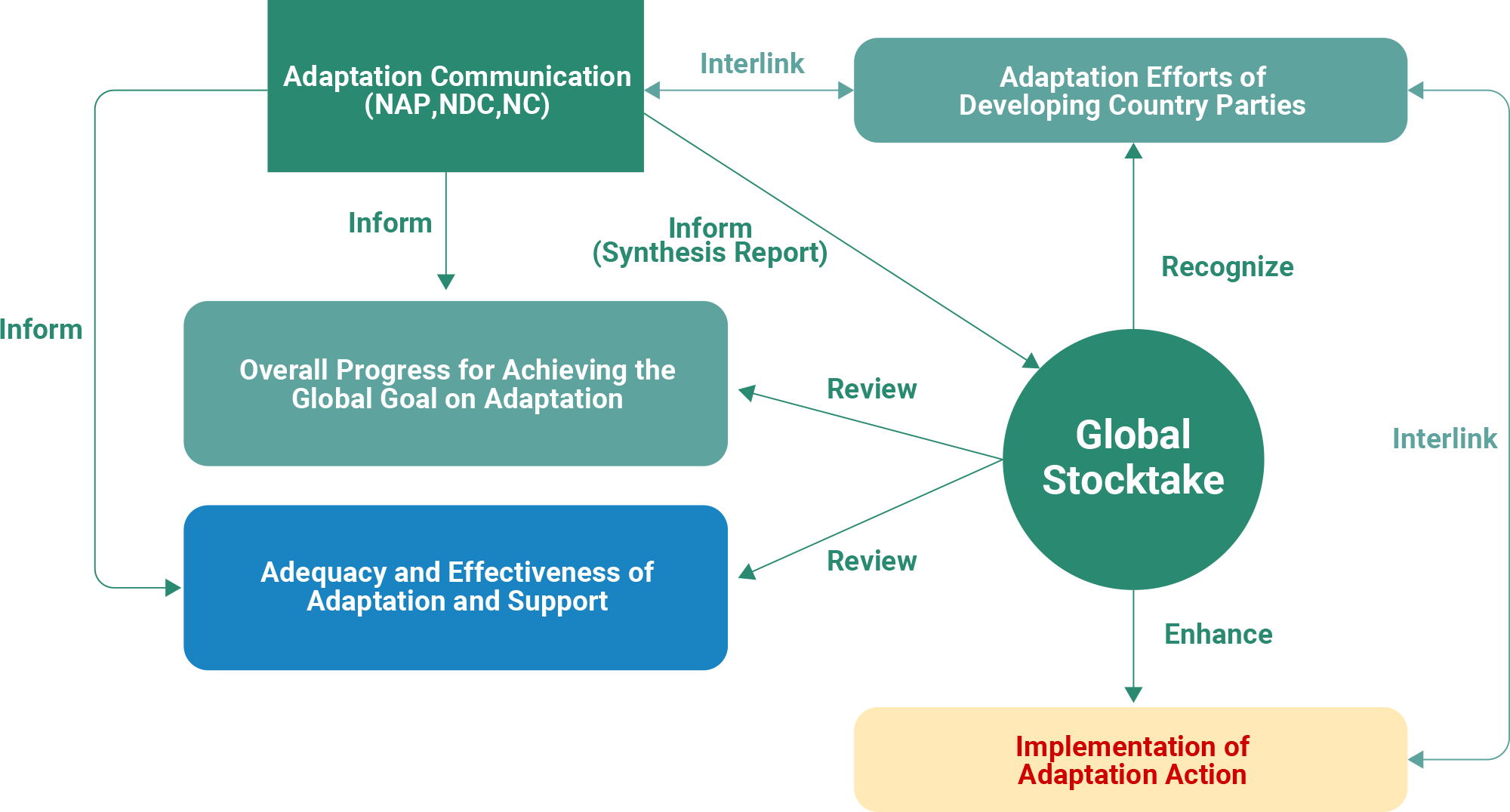
Supporting Materials for the NAP process
As indicated in the figure above, NAP is a critical part of the mechanism for enhancing global adaptation efforts under the Paris Agreement. To support formulation and implementation of NAP, a variety of organizations inside and outside the UNFCCC have published useful reports and tools. These are expected to facilitate the achievement of regional and sectoral specific climate change adaptation.

Navigating the landscape of support for NAP process
The UNFCCC Adaptation Committee published a report that provides the landscape of available support for the process to formulate and implement NAPs. The online tool is also available here.
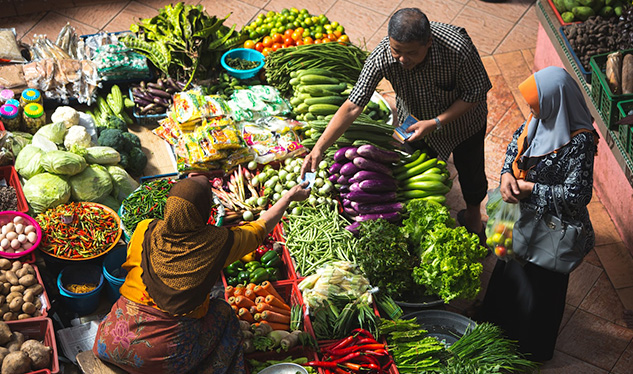
Toolkit for Engaging the Private Sector in NAPs
This toolkit, created jointly by NAP Global Network and Adaptation Committee, is designed to support country efforts to develop strategies to systematically engage private sector actors in their NAP process.

Institutional Arrangements for National Adaptation Planning and Implementation
In this report, the UNFCCC Adaptation Committee illustrates the importance of improving institutional arrangements at all levels for better management of adaptation actions.

Supplementary Materials to the NAP Technical Guideline
NAP Central displays a series of supplementary materials to the UNFCCC’s official NAP guideline developed by a variety of organizations and agencies.

NAP-GSP, run jointly by the UNDP and UNEP, showcases their knowledge products including regional reports as well as other modes of supporting tools using a find function.
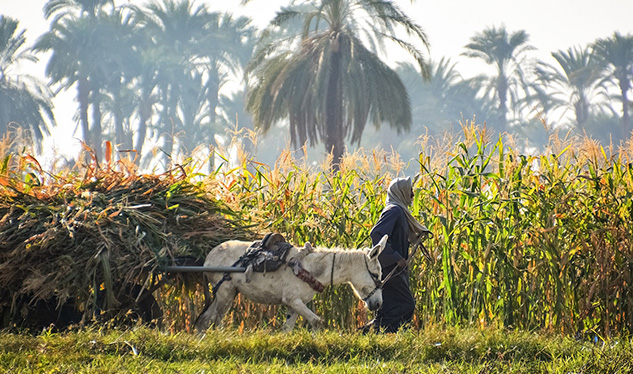
E-learning Module: Building Climate Resilience in Agriculture
The joint UNDP-FAO Integrating Agriculture in National Adaptation Plans (NAP-Ag) Programme launched self-paced learning material on integration of agriculture into NAPs.

Guidance to Protect Health from Climate Change through Health Adaptation Planning
The World Health Organization published a guidance document designed to ensure that the process of managing the health risks of climate change is integrated into the NAP process.

Toolkit for a Gender-Responsive Process to Formulate and Implement NAP
The International Institute for Sustainable Development (IISD) published the toolkit designed to support country efforts to pursue a gender-responsive NAP process.

The NAP Expo is an outreach event organized by the UNFCCC Least Developed Countries Expert Group (LEG) to promote exchange of experiences and foster partnerships between a wide range of actors and stakeholders on how to advance NAP.

Coastal adaptation and nature-based solutions for the implementation of NAPs
This report, prepared by the UNFCCC Nairobi Work Program Ocean and Coastal Expert group, aims to provide a coastal ecosystem-based adaptation and nature-based solutions lens in the fund raising process.
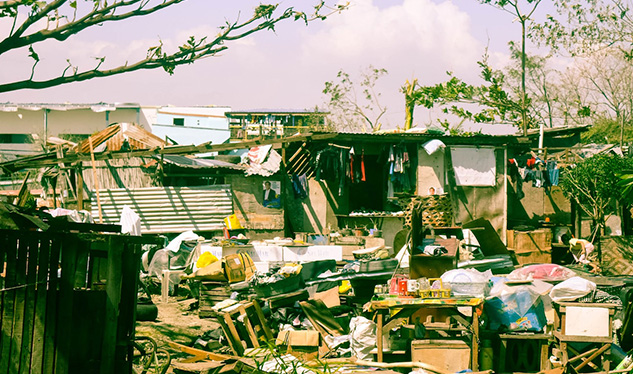
The Insuresilience Global Partnership in collaboration with NAP Global Network conducted analysis that provides better integration of Climate and Disaster Risk Finance and Insurance (CDRFI) solutions into NAP formulation and integration.
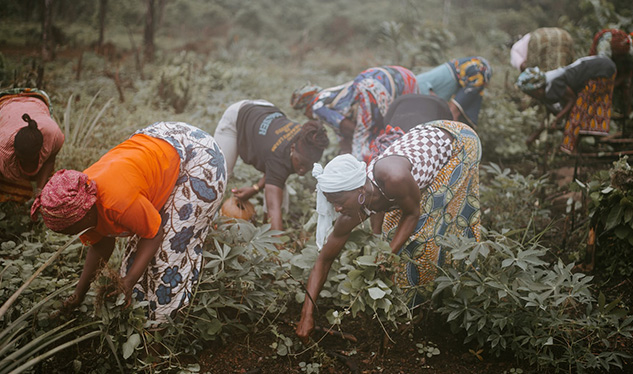
Accelerating Climate Action through Locally-led Adaptation
In this report, the Local Climate Adaptive Living Facility (LoCAL) summarizes their activities for expanding climate change resilient communities and local economies through a mechanism to channel climate finance to local government authorities.

- ADAPTATION PLAN DEVELOPMENT PROCESS
- Whether you’re looking to update an adaptation plan or are intending to start on one, engaging in the adaptation planning process is important work. Once you identify where your country is located in the process, you will find useful information such as tools and good practices.

- STATUS OF ADAPTATION IN THE ASIA-PACIFIC
- What adaptation plans are being developed in the Asia-Pacific? Learn some of the most distinctive features and best practices, and find the latest information on adaptation plans being carried out by your neighboring countries or countries facing similar challenges.

- Finance & Implementation
- Identify key points, good practices, and useful examples for financing both in the planning and implementation phases of adaptation.

- Monitoring & Evaluation
- Once adaptation measures are implemented, Monitoring and Evaluation (M&E) is conducted to track and evaluate the effectiveness of adaptation measures. Find useful resources including the latest discussions and good practices here.
